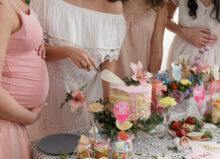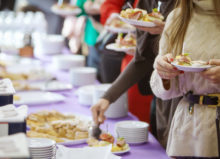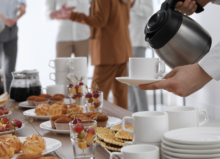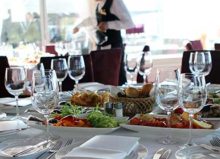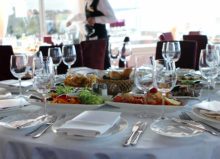Catering Tips: How Much Food to Order
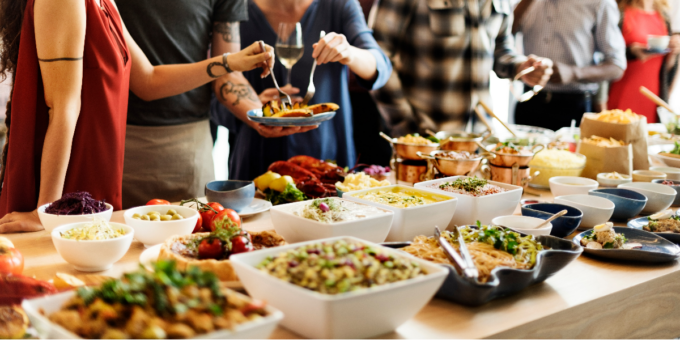
Planning an event can be daunting, and catering is one of the most crucial aspects to get right. Knowing how much food to order is key to the success of any event, whether it’s a wedding, corporate function, or family gathering.
If you’ve been tasked with planning an event, know you’re not alone. We’ve created this blog just for you. In it, we’ll cover the essential factors you should consider when ordering food.
Your Guests
The number of guests, or headcount, is a primary driver of catering costs. A larger guest list means more mouths to feed, which impacts your budget. However, headcount alone isn’t enough to determine food needs. The type of guests (children, adults, seniors) also plays a significant role.
For example, older guests are more likely to have smaller appetites, whereas children (depending on the type of event) won’t mind coming back for seconds, thirds, or fourths.
Meal Type
Here are some general guidelines for different meal types:
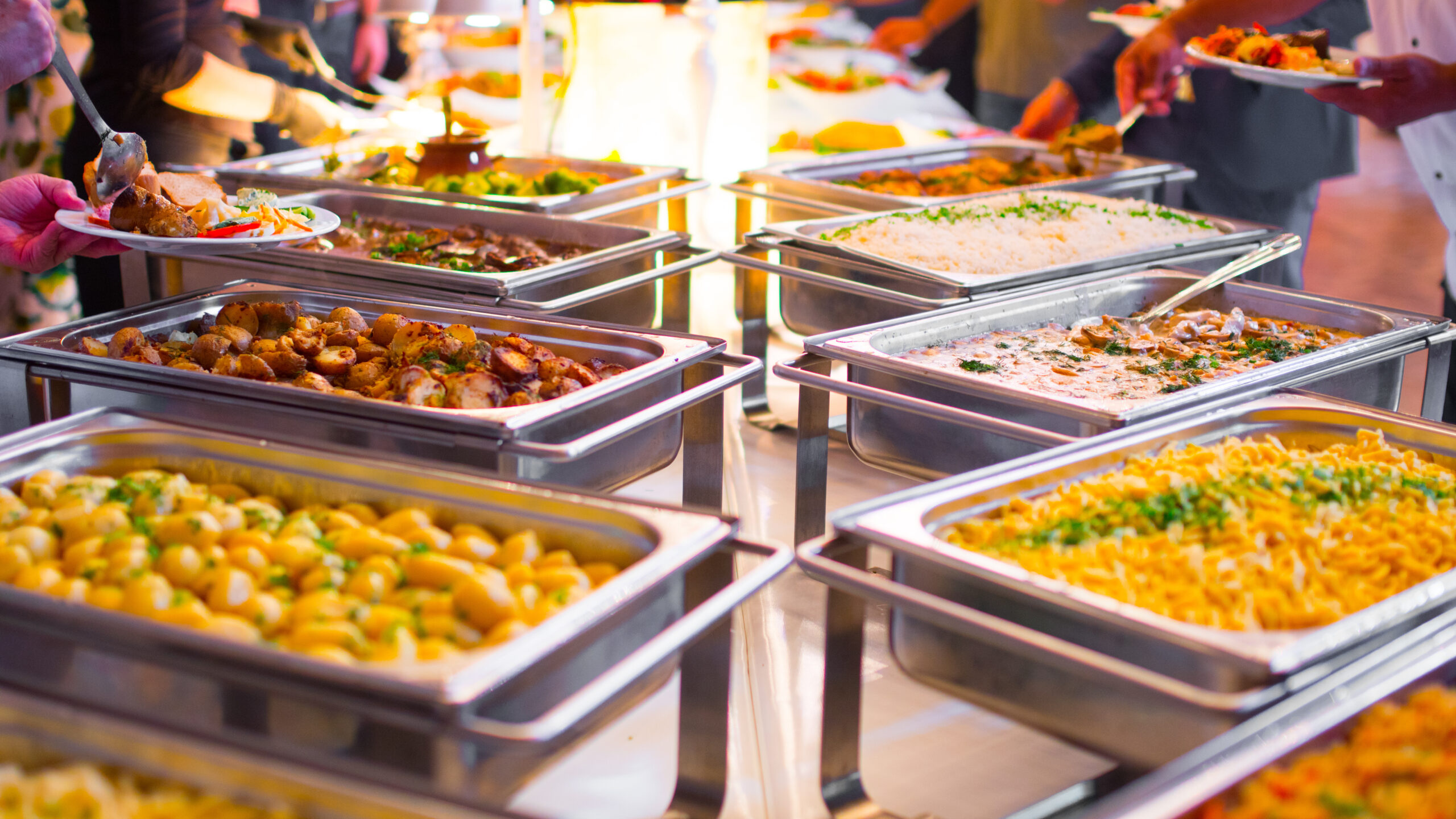
- Breakfast: Typically includes one main entrée, two sides, and two pastries per person, rounding to 5 pieces of food per person.
- Lunch: Usually involves one main entrée, two or three sides (including dessert), with beverages like water, soda, and beer, rounding to 3 to 4 pieces of food per person.
- Dinner: Often comprises three to five hors d’oeuvres per guest, along with soup, salad, bread, one entrée, and two or three sides, rounding to 11 to 13 pieces of food per person. Always offer water and a variety of other beverages.
When only serving appetizers, plan for 10 to 15 pieces per person. If appetizers precede or follow a meal, adjust the quantity accordingly (three to five pieces before, one to three pieces after).
It’s also important to note that high-protein foods tend to be more filling, so keep that in mind when ordering meals.
Event Duration
The length of your event also directly influences the quantity of food required. Shorter events, like luncheons, need less food than all-day events, which require more variety and quantity to keep guests satisfied. Remember, longer events also mean higher service costs, so factor in both food and service when budgeting for your catering.
So, let’s break it down with an example.
If 15 people are attending an event, here’s how estimates would work for a shorter, 2-hour event versus an all-day event:
2-Hour Event:
- Portion Estimate:
- Appetizers: 2 to 3 pieces per person (45 total)
- Main Courses: 5 to 6 ounces of protein per person (about 4.5 to 5.5 pounds total), accompanied by a similar quantity of sides, like salad, vegetables, and grains.
- Desserts: 1 to 2 small dessert items per person (15 to 30 pieces total).
- Beverages: Assume 2 to 3 drinks per person (30 to 45 drinks total, including water).
All-Day Event:
- Morning Snack:
- Light snacks, like fruit, pastries, or yogurt, at approximately 1 to 2 items per person (15 to 30 items total).
- Lunch:
- 6 to 8 ounces of protein per person (5.5 to 7.5 pounds in total), with a proportional increase in sides.
- Afternoon Snack:
- Similar to the morning snack (2 to 3 pieces per person/30 to 45 total), but consider adding a savory option, like cheese or small sandwiches.
- Dinner (if Applicable):
- Similar to lunch in quantity (5.5 to 7.5 pounds of protein in total and a similar quantity for side items), but with different menu items to provide variety.
- Also add desserts (2 to 3 per person, or 30 to 45 pieces total).
- Beverages:
- Approximately 3 to 4 drinks per person throughout the day (45 to 60 drinks total), including coffee, tea, and water.
Event Type
Different types of events call for different catering approaches due to their nature, timing, or the expected behavior of attendees.
Here are a few examples of event types that might result in less food being ordered:
- Mid-Morning or Mid-Afternoon Events: In these events, guests typically expect light snacks or finger foods rather than full meals.
- Networking Events: These events focus more on interaction and conversation than dining, so light appetizers and drinks are usually sufficient.
- Short Seminars or Workshops: If the event is focused on learning or presentations and is only a few hours long, attendees might not expect more than coffee, tea, and perhaps some pastries or light snacks.
- Cocktail Receptions: These events typically feature drinks and hors d’oeuvres rather than full meals, especially if they’re held before or after standard dining hours.
- Business Meetings: Small, professional meetings, especially when held in office environments, might only require coffee, tea, and light snacks or a catered lunch.
- Gallery Openings or Art Shows: These events prioritize the viewing experience, with food playing a secondary role, usually in the form of light appetizers and wine.
- Charity Runs or Sporting Events: Although these events can be large, participants are often more focused on the activity than on eating. Offering light, healthy snacks and plenty of hydrating beverage options is typically good.
- Children’s Parties: Depending on the age group, children’s portions are generally smaller, and the focus might be more on entertainment and activities rather than food.
To maximize your catering budget, consider scheduling events during times that align with less costly meal options, like breakfast or brunch. Browse our diverse catering menus for meal-planning inspiration.
Get Help From Chef Raymone
We know that event planning can be challenging. If you need help deciding how much food to order for your event, contact our experts at Chef Raymone. With over two decades of catering experience, we’ll ensure no guest leaves hungry. Contact us today to speak with a team member!


